Home>Gardening & Outdoor>Landscaping Ideas>How To Kill Orchard Grass
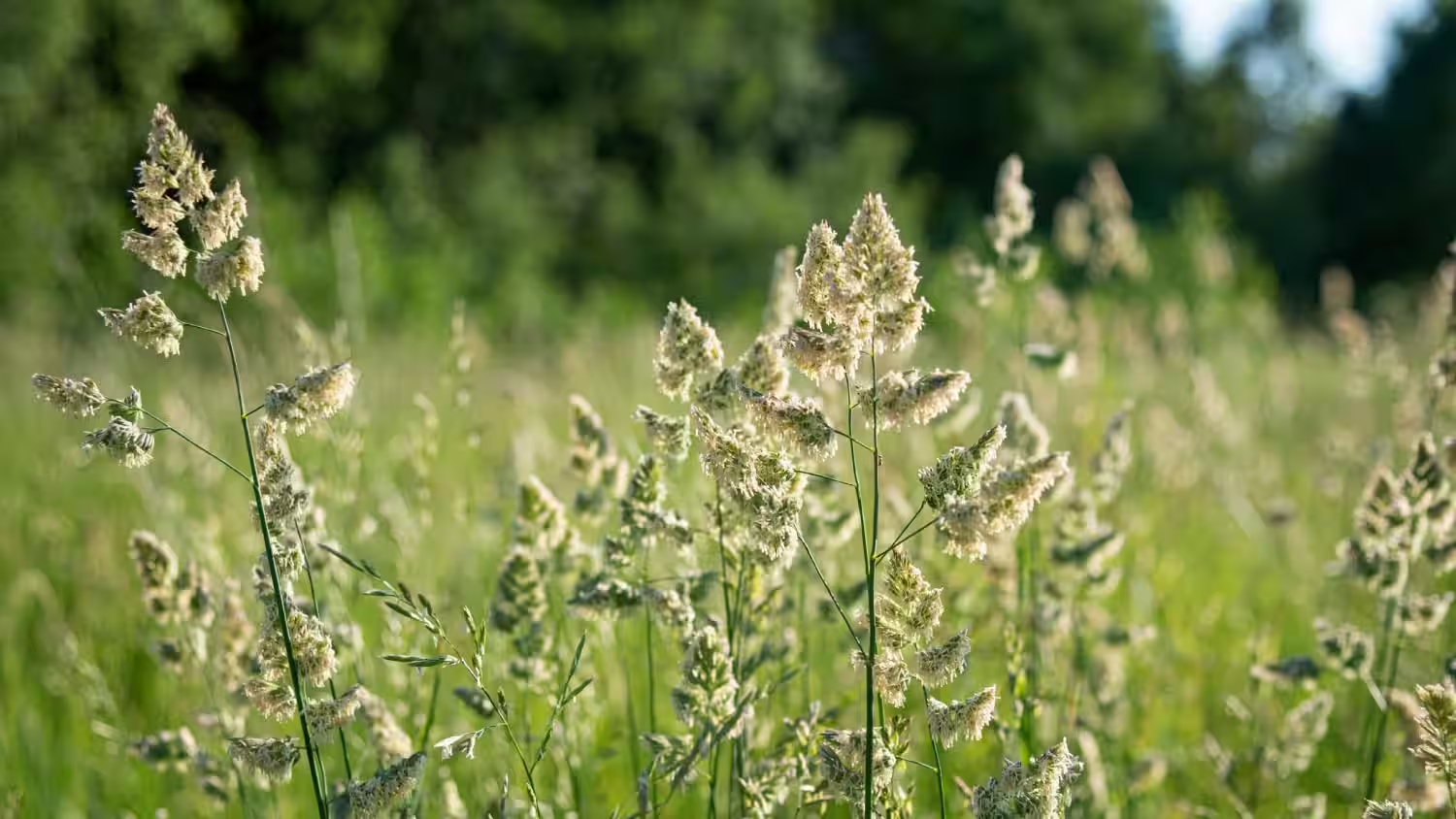

Landscaping Ideas
How To Kill Orchard Grass
Published: January 25, 2024
Learn effective landscaping ideas to kill orchard grass and improve the health of your lawn. Discover expert tips for managing unwanted grass growth.
(Many of the links in this article redirect to a specific reviewed product. Your purchase of these products through affiliate links helps to generate commission for Storables.com, at no extra cost. Learn more)
Introduction
Welcome to the comprehensive guide on eradicating orchard grass from your landscape. Orchard grass, scientifically known as Dactylis glomerata, is a persistent and invasive weed that can quickly overtake your garden or lawn if left unchecked. Its rapid growth and ability to compete with desirable plants make it a common nuisance for gardeners and landscapers. In this article, we will explore various methods for effectively eliminating orchard grass, allowing you to reclaim and maintain a healthy, vibrant landscape.
Whether you’re a seasoned gardener or a novice enthusiast, dealing with orchard grass can be a daunting task. However, armed with the right knowledge and strategies, you can successfully rid your outdoor space of this troublesome weed. From understanding the characteristics of orchard grass to implementing targeted control methods, we will cover everything you need to know to combat this persistent intruder.
Join us as we delve into the intricacies of orchard grass and discover practical approaches for eradicating it from your landscape. By the end of this guide, you’ll be equipped with the expertise to effectively combat orchard grass and restore the natural beauty of your outdoor environment.
Key Takeaways:
- Orchad grass is a persistent weed that can quickly take over your garden. Understanding its growth habits and using a combination of chemical, mechanical, and cultural control methods can effectively combat this invasive plant.
- By integrating targeted control methods and fostering a competitive plant community, you can reclaim your landscape from orchard grass. A proactive and vigilant approach can prevent future infestations, ensuring a flourishing outdoor space.
Read more: How To Grow Orchard Grass
Understanding Orchard Grass
Before embarking on a mission to eradicate orchard grass, it’s crucial to gain a comprehensive understanding of this resilient weed. Orchard grass, scientifically known as Dactylis glomerata, is a perennial grass that is widely distributed across North America. It thrives in various habitats, including pastures, meadows, and disturbed areas, and is characterized by its tall, erect stems and distinctive seed heads.
One of the key attributes of orchard grass is its vigorous growth habit. This weed is known for its rapid proliferation, spreading through both seeds and underground rhizomes. Its ability to establish dense patches and compete with desirable plants for resources makes it a formidable adversary in any landscape.
Identifying orchard grass is essential for effective control. The grass features flat, broad leaves with a prominent midrib and a membranous ligule. Its seed heads are compact and cylindrical, resembling a spike, and can reach up to 8 inches in length. These characteristics distinguish orchard grass from surrounding vegetation, enabling you to pinpoint and address infestations accurately.
Furthermore, understanding the life cycle of orchard grass is instrumental in developing a targeted eradication strategy. As a perennial weed, orchard grass persists year after year, continuously producing seeds and expanding its rhizomatous network. This persistent nature necessitates a proactive and multifaceted approach to control, ensuring that all stages of the weed’s life cycle are addressed.
By familiarizing yourself with the growth habits, physical attributes, and life cycle of orchard grass, you can effectively tailor your eradication efforts to combat this resilient weed. Armed with this knowledge, you’ll be better equipped to implement the most suitable control methods and safeguard your landscape from the encroachment of orchard grass.
Methods for Killing Orchard Grass
When it comes to eliminating orchard grass from your landscape, employing a combination of control methods is often the most effective approach. By integrating chemical, mechanical, and cultural control techniques, you can target orchard grass at various stages of its growth and disrupt its ability to proliferate. Let’s explore these methods in detail to develop a comprehensive strategy for eradicating this persistent weed.
Chemical Control
Chemical control methods, such as herbicide applications, can be highly effective in managing orchard grass infestations. Selective herbicides formulated to target grassy weeds while sparing desirable plants can be applied to actively growing orchard grass. These herbicides disrupt the weed’s physiological processes, ultimately leading to its demise. It’s essential to carefully follow product instructions and safety guidelines when using herbicides to ensure optimal results and minimize environmental impact.
Mechanical Control
Mechanical control methods involve physically removing orchard grass from the landscape. This can be achieved through hand-pulling, mowing, or tilling, depending on the extent of the infestation. Hand-pulling is ideal for isolated patches of orchard grass, while regular mowing can help suppress its growth and prevent seed production. In more extensive infestations, tilling the soil can uproot orchard grass and disrupt its rhizomatous network, impeding its ability to spread.
Cultural Control
Cultural control methods focus on creating an environment that is unfavorable for orchard grass growth. This can include promoting the vigor of desirable plants through proper watering, fertilization, and soil management practices. By fostering a robust and competitive plant community, you can reduce the establishment and spread of orchard grass, ultimately outcompeting the weed and limiting its presence in the landscape.
Integrating these control methods in a coordinated and strategic manner can significantly impact the prevalence of orchard grass in your landscape. By customizing your approach based on the specific conditions and extent of the infestation, you can effectively target orchard grass at various stages of its life cycle and mitigate its impact on your outdoor space.
Chemical Control
Chemical control methods offer an efficient and targeted approach to managing orchard grass infestations. Selective herbicides designed to combat grassy weeds, including orchard grass, can be instrumental in reducing the weed’s prevalence and preventing its spread. When implementing chemical control, it is essential to prioritize both effectiveness and environmental responsibility, ensuring that the chosen herbicides are applied judiciously and in accordance with recommended guidelines.
Before initiating any herbicide treatment, it is crucial to accurately identify the presence of orchard grass in the landscape. This involves distinguishing the weed from surrounding vegetation and confirming its growth patterns and distribution. Once orchard grass has been positively identified, selecting an appropriate herbicide becomes the next critical step.
Selective herbicides containing active ingredients such as fluazifop, sethoxydim, or clethodim are effective in targeting orchard grass while minimizing harm to desirable plants. These herbicides work by disrupting the weed’s growth processes, ultimately leading to its deterioration and demise. It is imperative to carefully read and adhere to the product label instructions, including application rates, timing, and safety precautions, to ensure optimal results and mitigate potential risks.
When applying herbicides to control orchard grass, timing is a crucial factor. Targeting the weed during its active growth phase, typically in the spring and early summer, can enhance the efficacy of herbicide treatments. Additionally, monitoring weather conditions, such as temperature and precipitation, is essential, as certain herbicides may require specific environmental parameters for optimal performance.
Furthermore, employing integrated pest management (IPM) principles can enhance the sustainability and effectiveness of chemical control methods. By combining herbicide applications with other control strategies, such as mechanical and cultural methods, you can create a comprehensive and synergistic approach to managing orchard grass while minimizing reliance on chemical interventions.
Ultimately, chemical control methods, when used judiciously and in conjunction with other management practices, can significantly reduce the impact of orchard grass in your landscape. By prioritizing precision, environmental stewardship, and integration with alternative control techniques, you can effectively combat orchard grass and safeguard the health and aesthetic appeal of your outdoor environment.
To kill orchard grass, you can use a non-selective herbicide like glyphosate. Apply the herbicide directly to the grass, making sure to follow the instructions on the label for the best results.
Mechanical Control
Implementing mechanical control methods is a practical and hands-on approach to managing orchard grass infestations, offering effective means of reducing the weed’s prevalence and preventing its spread. By physically addressing the weed through techniques such as hand-pulling, mowing, and tilling, you can disrupt its growth and limit its impact on your landscape. Let’s explore the various mechanical control methods and their application in combatting orchard grass.
Hand-pulling is a targeted method for addressing isolated patches of orchard grass, particularly in garden beds or smaller landscaped areas. When engaging in hand-pulling, it is essential to ensure that the entire root system is removed to prevent regrowth. This method is most effective for managing limited infestations and can be integrated with other control strategies for comprehensive weed management.
Mowing serves as a valuable tool for suppressing the growth and seed production of orchard grass in larger open spaces, such as lawns and meadows. Regular mowing at an appropriate height can weaken the weed and limit its ability to proliferate. By consistently maintaining the height of the grass and preventing seed formation, you can curtail the spread of orchard grass and promote the dominance of desirable vegetation.
In cases of more extensive infestations, tilling the soil can effectively disrupt the rhizomatous network of orchard grass, impeding its ability to spread and regrow. This method is particularly beneficial when preparing areas for new plantings or renovations, as it can uproot existing orchard grass and create an unfavorable environment for its reestablishment. Care should be taken to minimize soil disturbance and protect the integrity of the surrounding ecosystem during tilling activities.
Integrating mechanical control methods with other management practices, such as chemical and cultural control, can enhance the overall effectiveness of orchard grass eradication efforts. By combining these approaches in a coordinated and strategic manner, you can address the weed at various stages of its growth and disrupt its ability to thrive in your landscape.
When implementing mechanical control methods, it is important to consider the specific characteristics of the infested area, the extent of the orchard grass infestation, and the surrounding vegetation. By tailoring your approach to the unique conditions of your landscape, you can maximize the impact of mechanical control and contribute to the sustained management of orchard grass.
Read more: How To Get Rid Of Orchard Grass In Lawn
Cultural Control
Cultural control methods offer a proactive and sustainable approach to managing orchard grass infestations by creating an environment that is less conducive to the weed’s growth and proliferation. By promoting the vigor of desirable plants and optimizing growing conditions, you can effectively limit the establishment and spread of orchard grass in your landscape. Let’s explore the key principles and practices of cultural control and their application in combatting orchard grass.
One fundamental aspect of cultural control involves fostering the health and competitiveness of desirable plants in the landscape. This can be achieved through proper watering, fertilization, and soil management practices that support the robust growth of ornamental plants, turfgrasses, and other desired vegetation. By maintaining optimal growing conditions for these plants, you create an environment where they can outcompete orchard grass and minimize its presence.
Strategic irrigation practices play a pivotal role in cultural control, as they help establish a healthy and resilient plant community while creating less favorable conditions for orchard grass. Proper watering techniques, such as deep and infrequent watering, encourage the development of deep root systems in desirable plants, enhancing their ability to withstand competition from weeds like orchard grass.
Fertilization is another essential component of cultural control, as it contributes to the overall vigor and vitality of ornamental plants and turfgrasses. By providing balanced and appropriate fertilization, you can bolster the strength of desirable vegetation, enabling it to effectively compete with orchard grass and other invasive weeds. Additionally, soil testing and targeted fertilization can help optimize nutrient levels and pH, further enhancing the resilience of the plant community.
Implementing proper soil management practices, such as regular aeration and organic matter incorporation, can contribute to the overall health and competitiveness of the landscape. Aerating the soil promotes root development and improves nutrient uptake, while the addition of organic matter enhances soil structure and fertility, creating an environment conducive to the flourishing of desirable plants.
Integrating cultural control methods with other management strategies, such as chemical and mechanical control, can yield comprehensive and sustainable outcomes in combatting orchard grass. By fostering a robust and competitive plant community through cultural practices, you can create an environment where orchard grass struggles to establish and thrive, ultimately reducing its impact on the landscape.
When implementing cultural control methods, it is essential to consider the specific requirements of the plant species in your landscape, as well as the unique environmental conditions. By tailoring cultural practices to the distinct characteristics of your outdoor space, you can optimize the effectiveness of cultural control and contribute to the long-term management of orchard grass.
Conclusion
As we conclude our exploration of eradicating orchard grass from your landscape, it’s evident that combatting this persistent weed requires a multifaceted and strategic approach. By understanding the characteristics of orchard grass and integrating targeted control methods, you can effectively reclaim and maintain a healthy and vibrant outdoor environment.
From chemical control methods that target the weed’s growth processes to mechanical interventions that physically disrupt its proliferation, each approach plays a vital role in managing orchard grass infestations. Cultural control practices further contribute to the sustained health and resilience of desirable plants, creating an environment where orchard grass struggles to establish and thrive.
It’s important to recognize that the successful management of orchard grass necessitates a combination of these control methods, tailored to the unique conditions and extent of the infestation in your landscape. By integrating these approaches in a coordinated and strategic manner, you can effectively address orchard grass at various stages of its growth and limit its impact on your outdoor space.
Furthermore, a proactive and vigilant approach to orchard grass management can significantly reduce the need for extensive interventions in the future. Regular monitoring, early detection, and prompt action are instrumental in preventing the establishment and spread of orchard grass, ultimately contributing to the long-term health and beauty of your landscape.
As you embark on your journey to combat orchard grass, remember that patience and persistence are key. While the process of eradicating this resilient weed may require ongoing effort and vigilance, the rewards of a flourishing and weed-free landscape make it a worthwhile endeavor.
Armed with the knowledge and strategies outlined in this guide, you are well-equipped to take on the challenge of orchard grass eradication and restore the natural beauty of your outdoor environment. By applying a holistic and integrated approach, you can reclaim your landscape from the clutches of orchard grass and cultivate a thriving and vibrant outdoor space for years to come.
Frequently Asked Questions about How To Kill Orchard Grass
Was this page helpful?
At Storables.com, we guarantee accurate and reliable information. Our content, validated by Expert Board Contributors, is crafted following stringent Editorial Policies. We're committed to providing you with well-researched, expert-backed insights for all your informational needs.
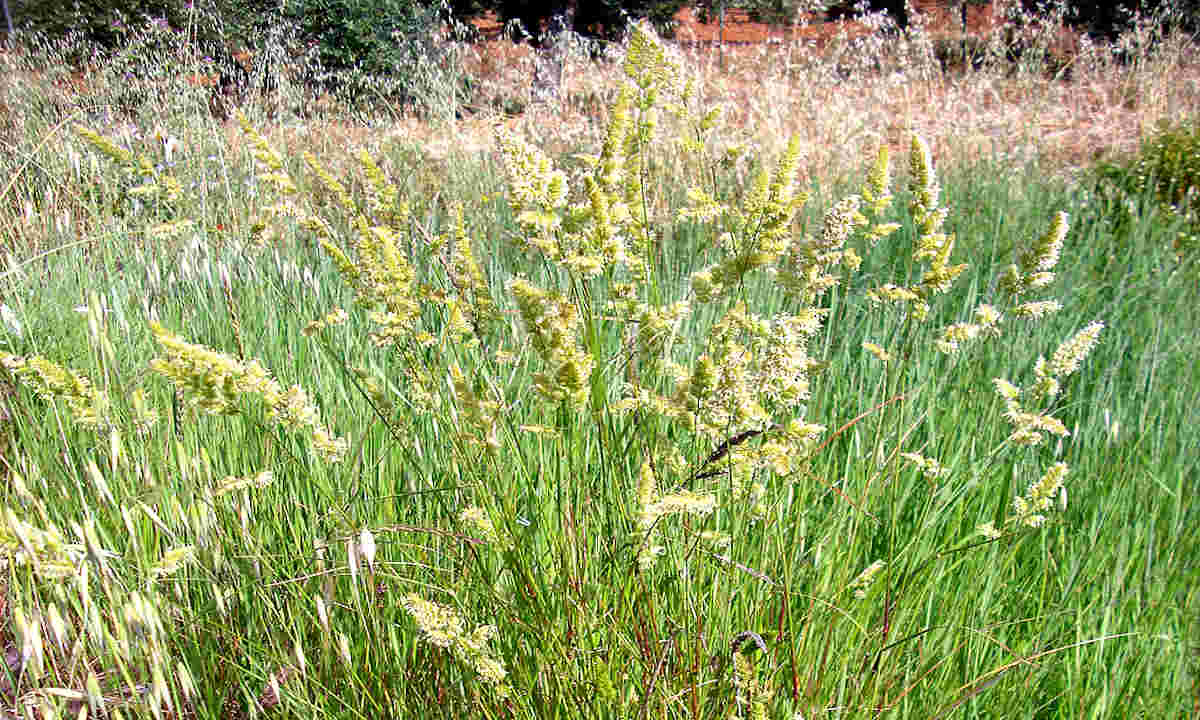
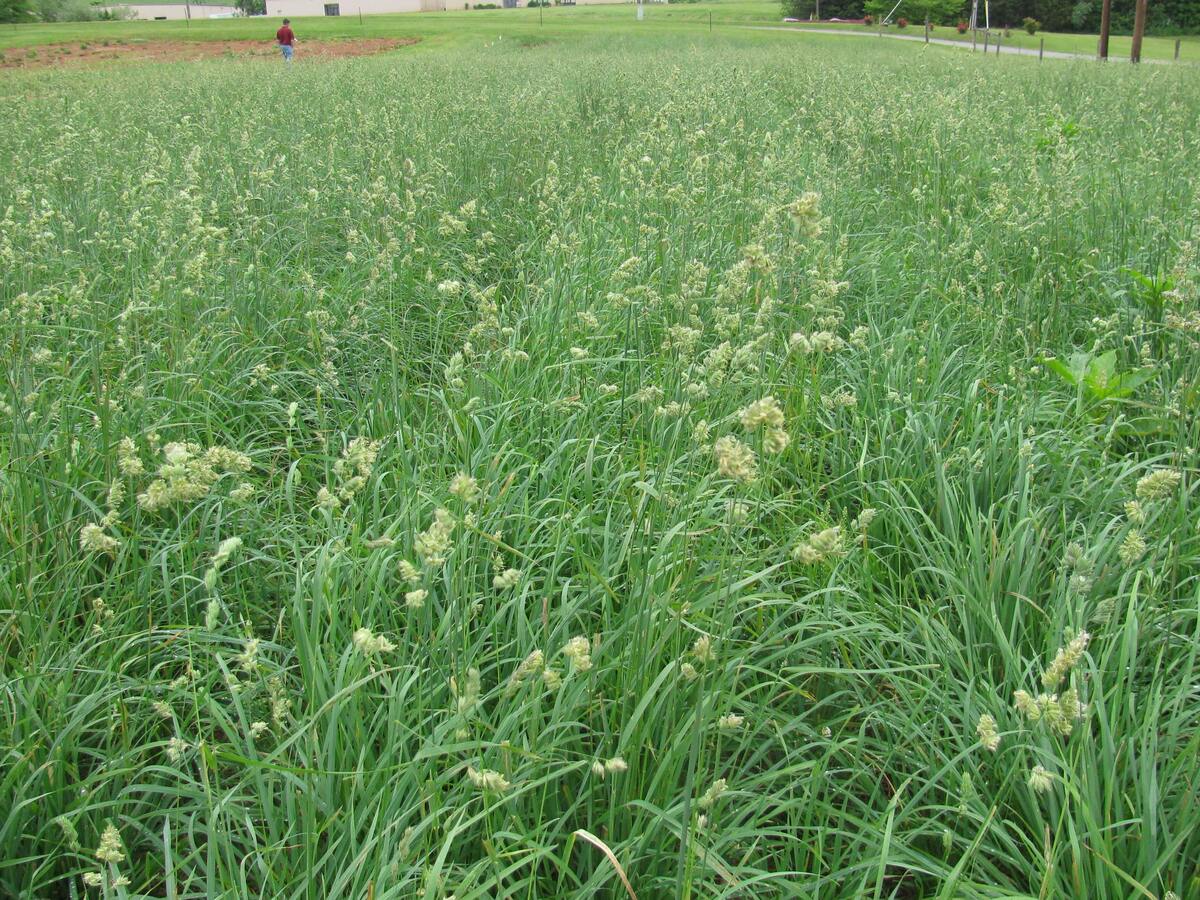
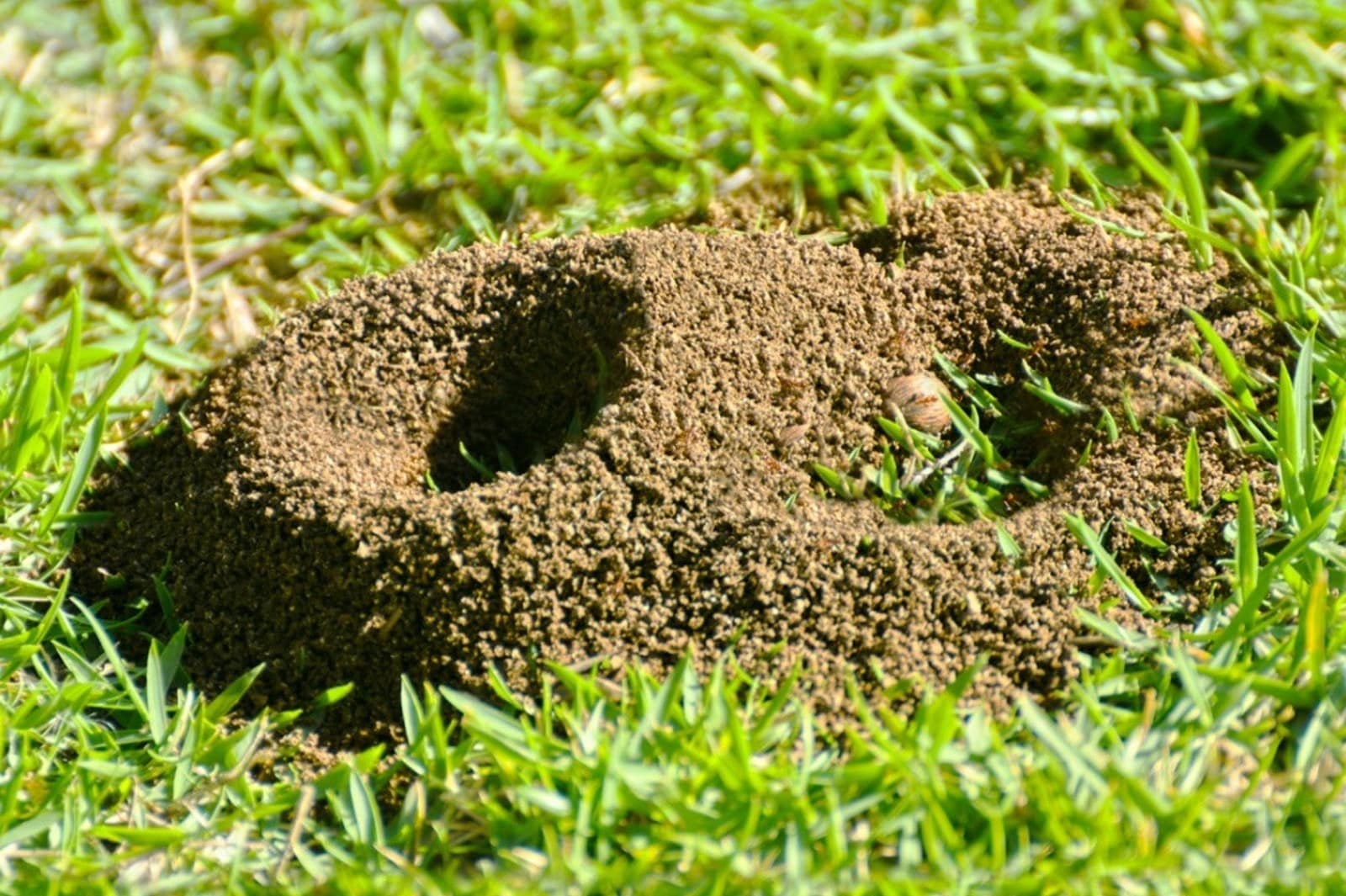
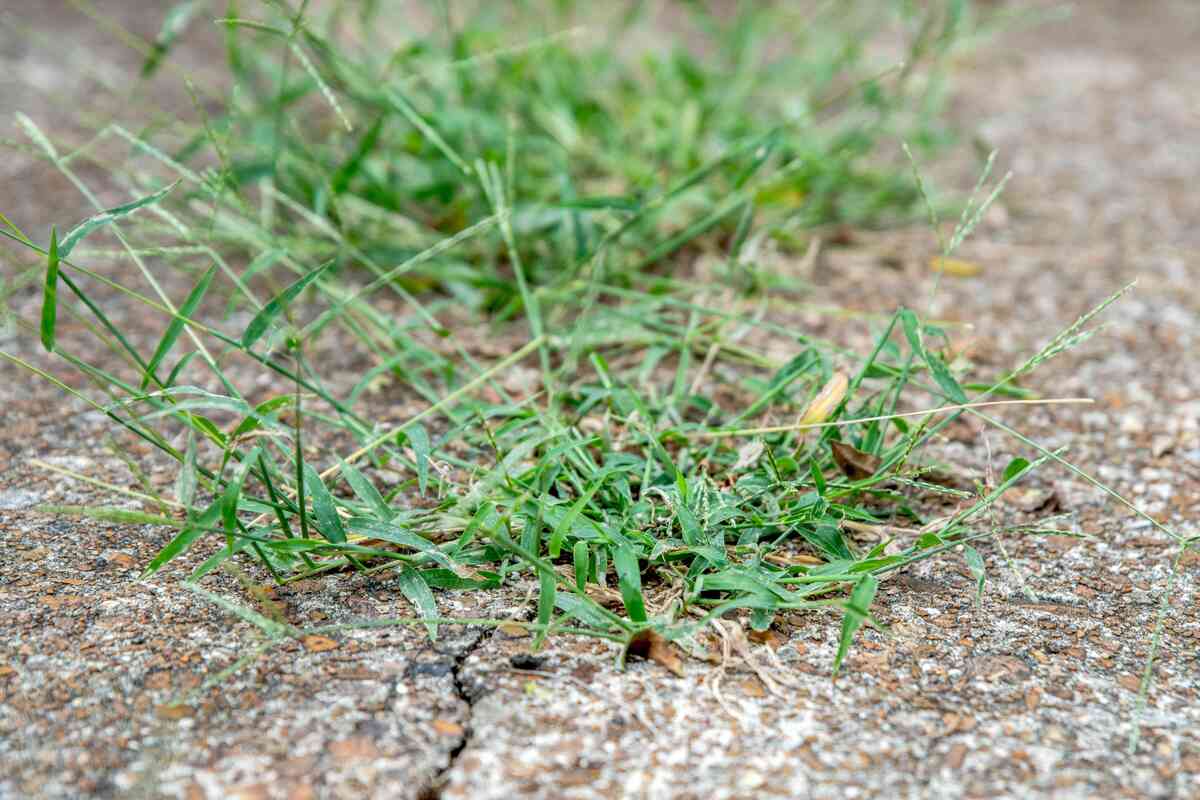
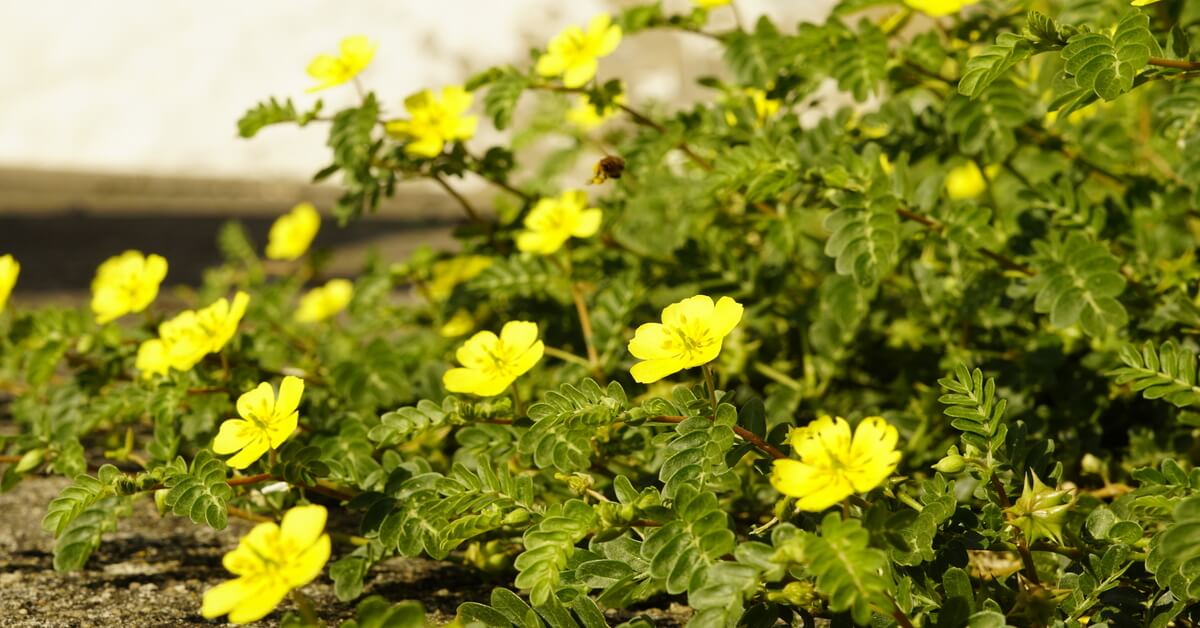
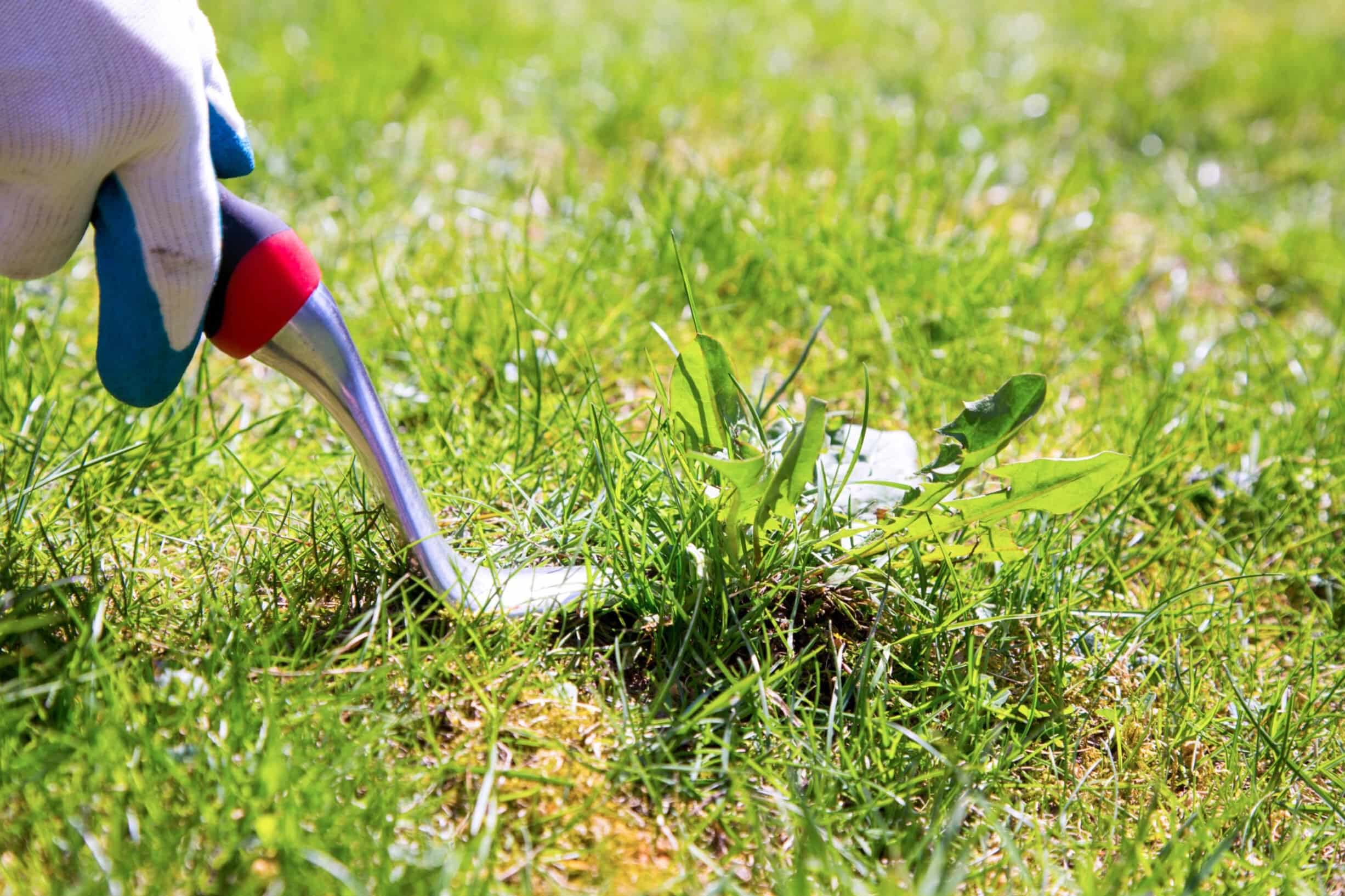
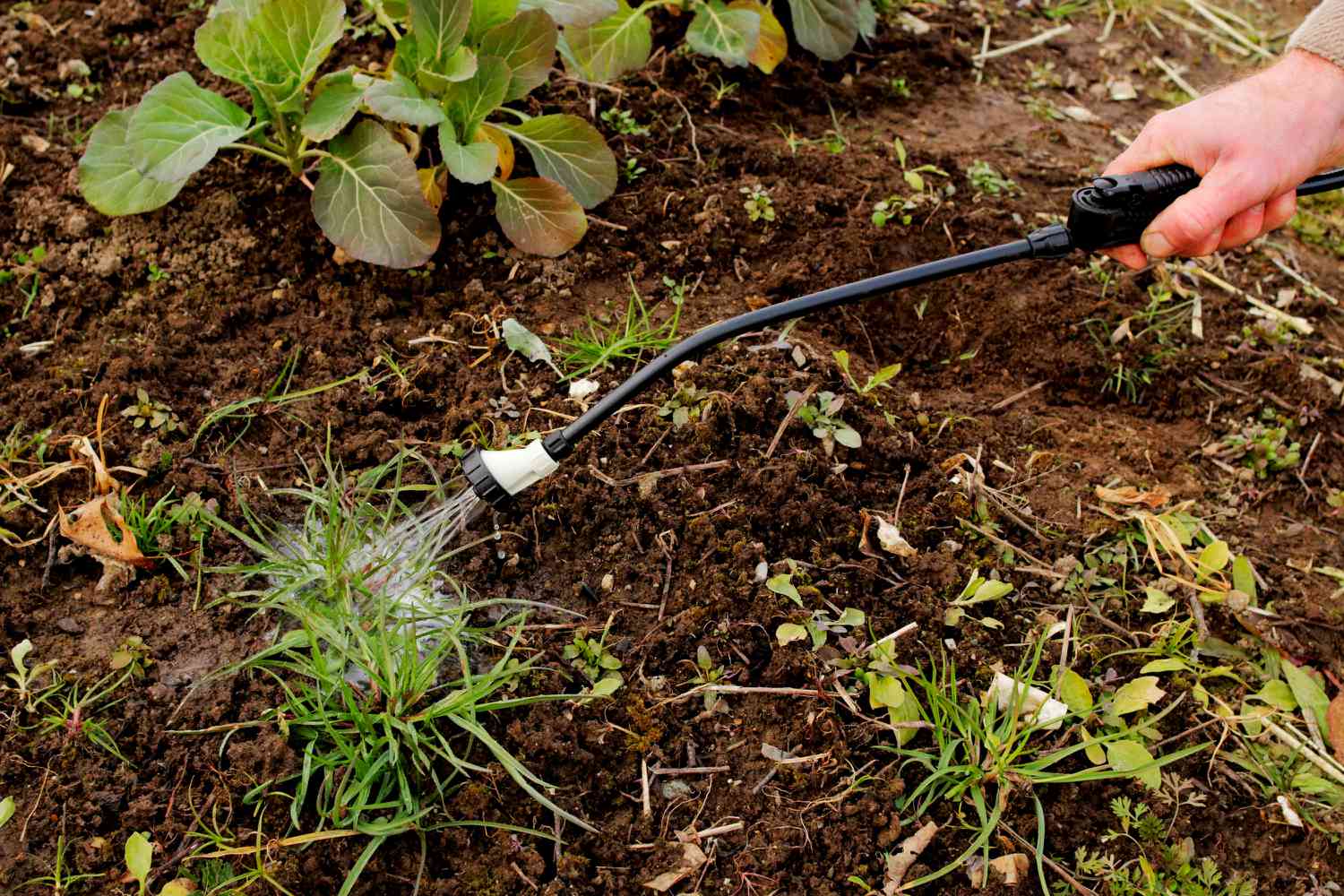
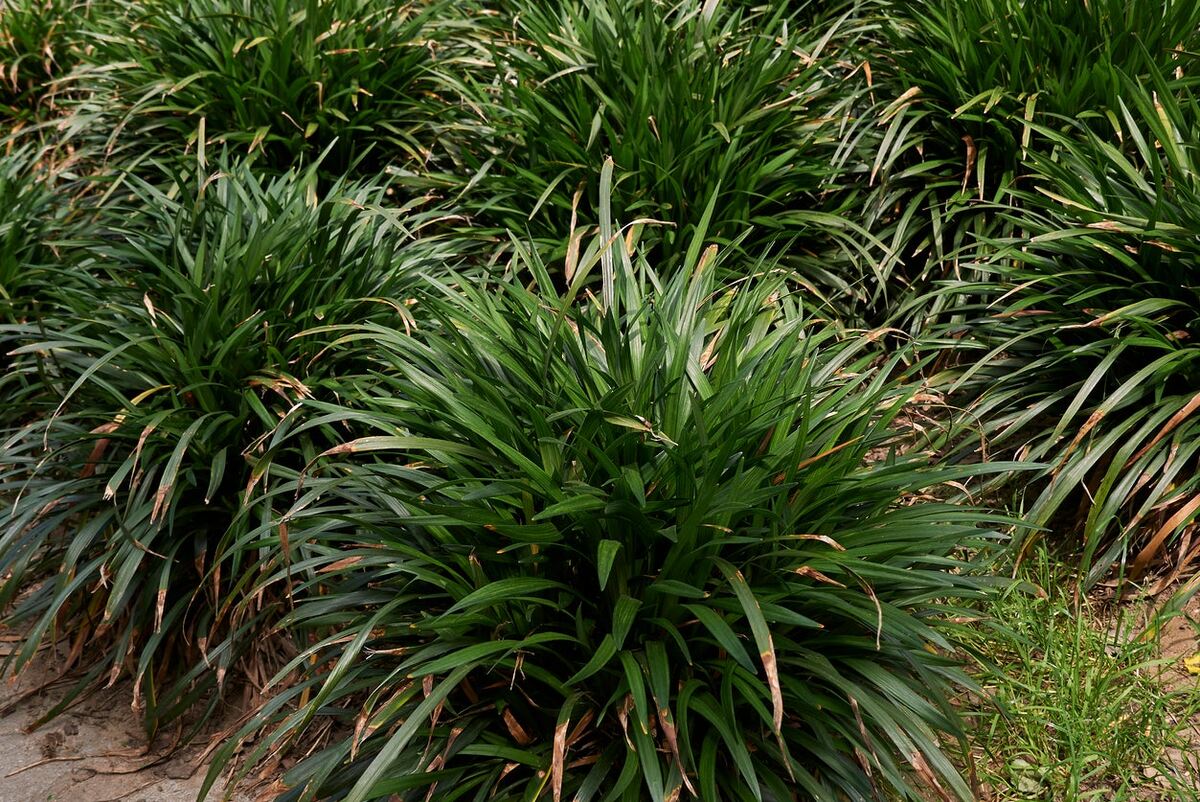
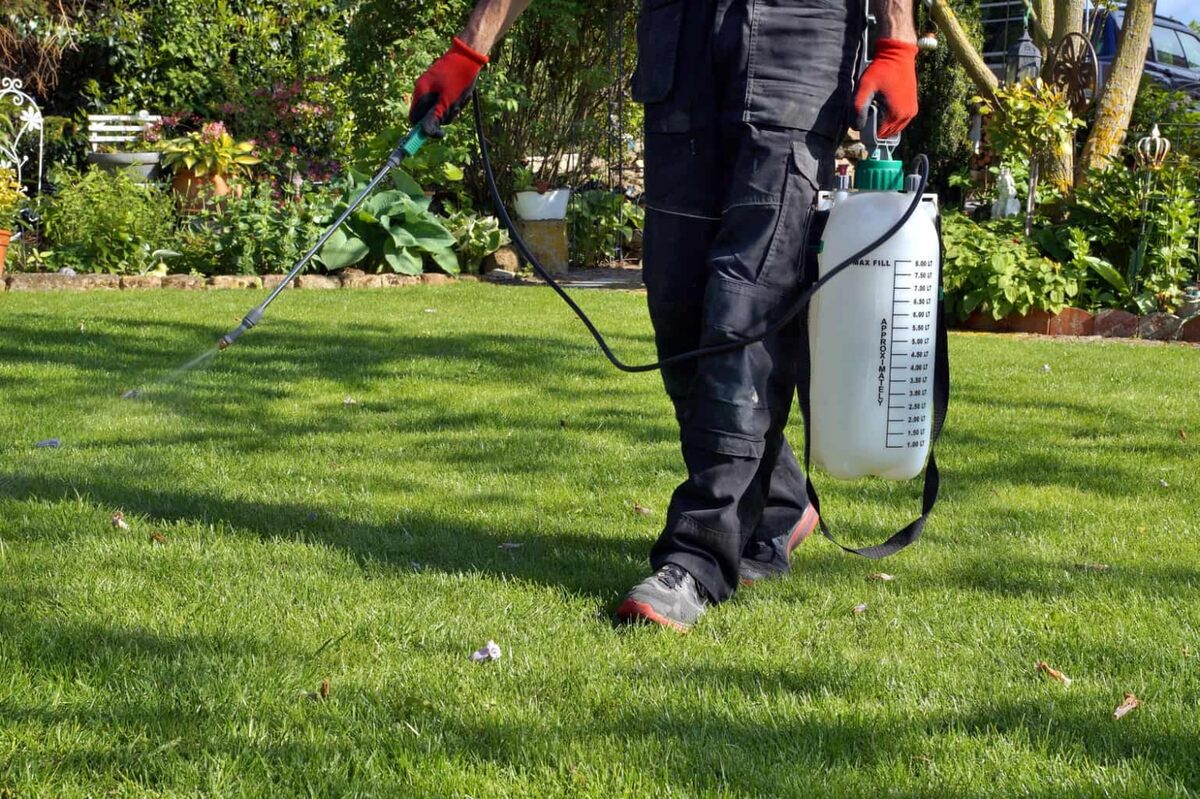
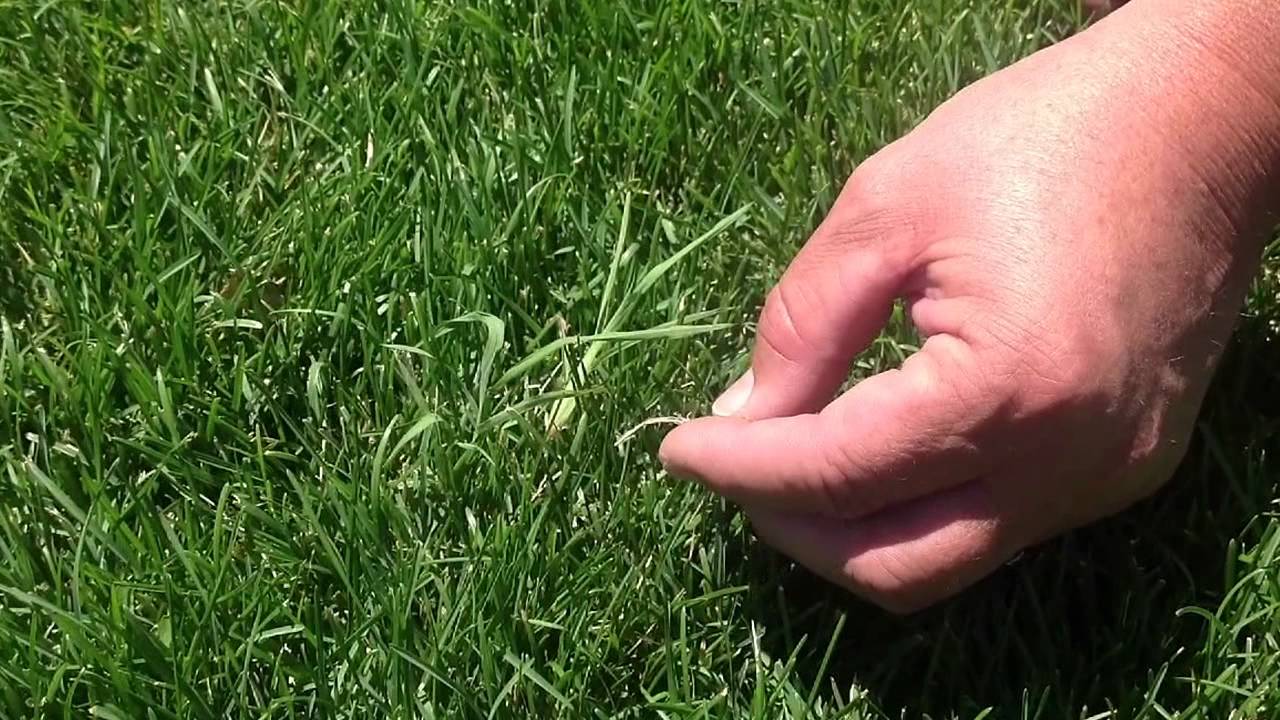
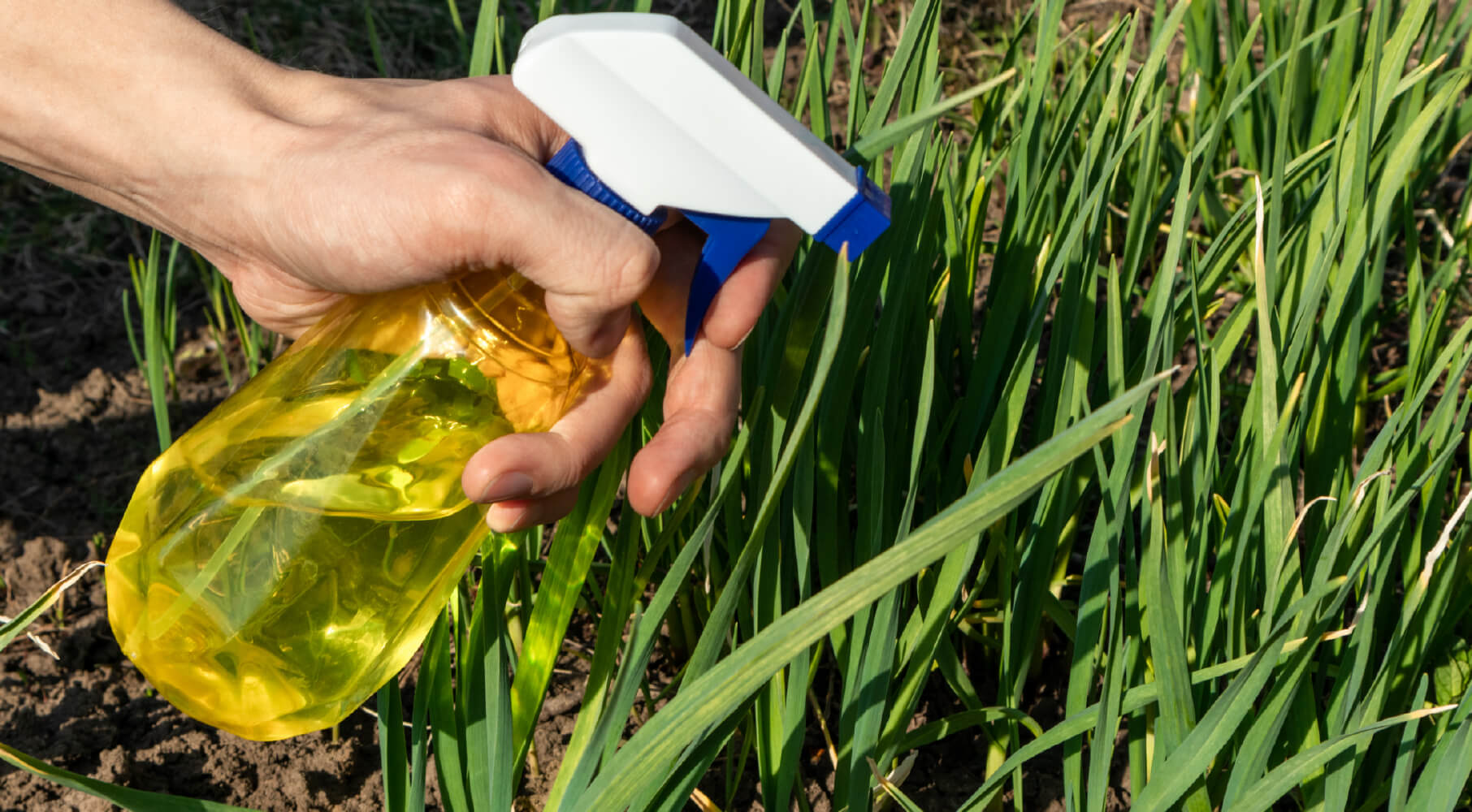
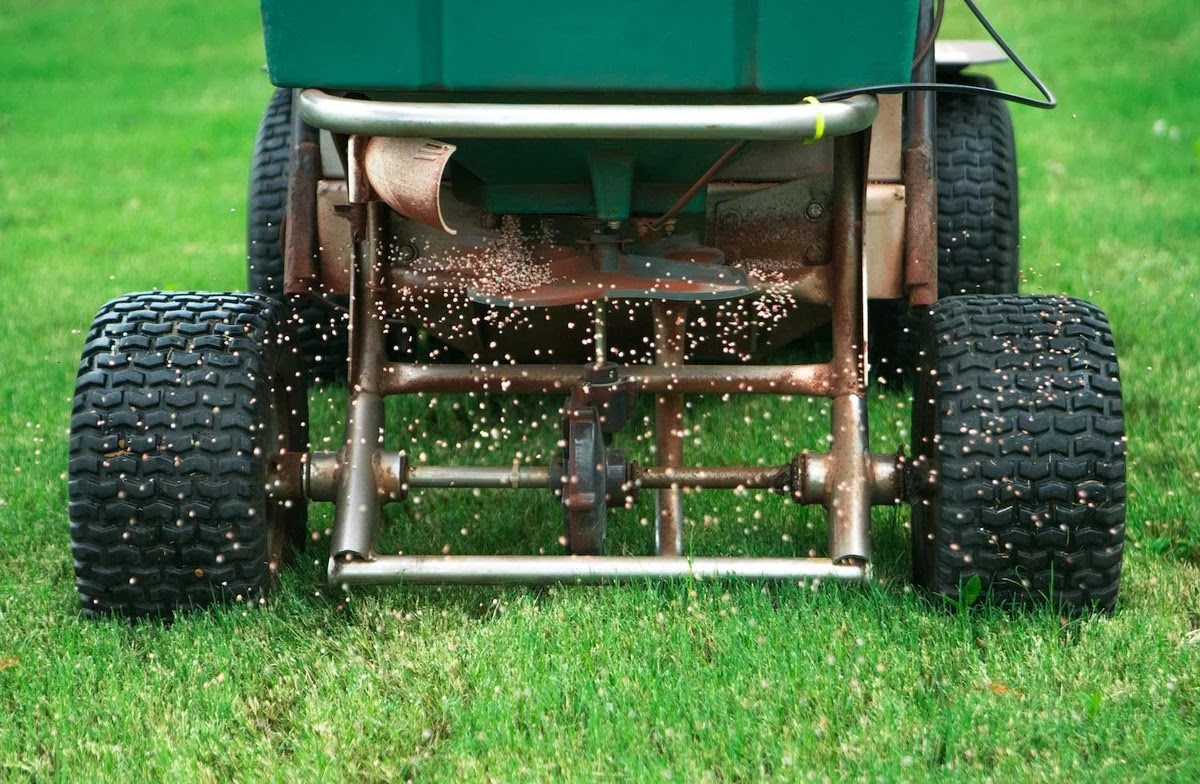
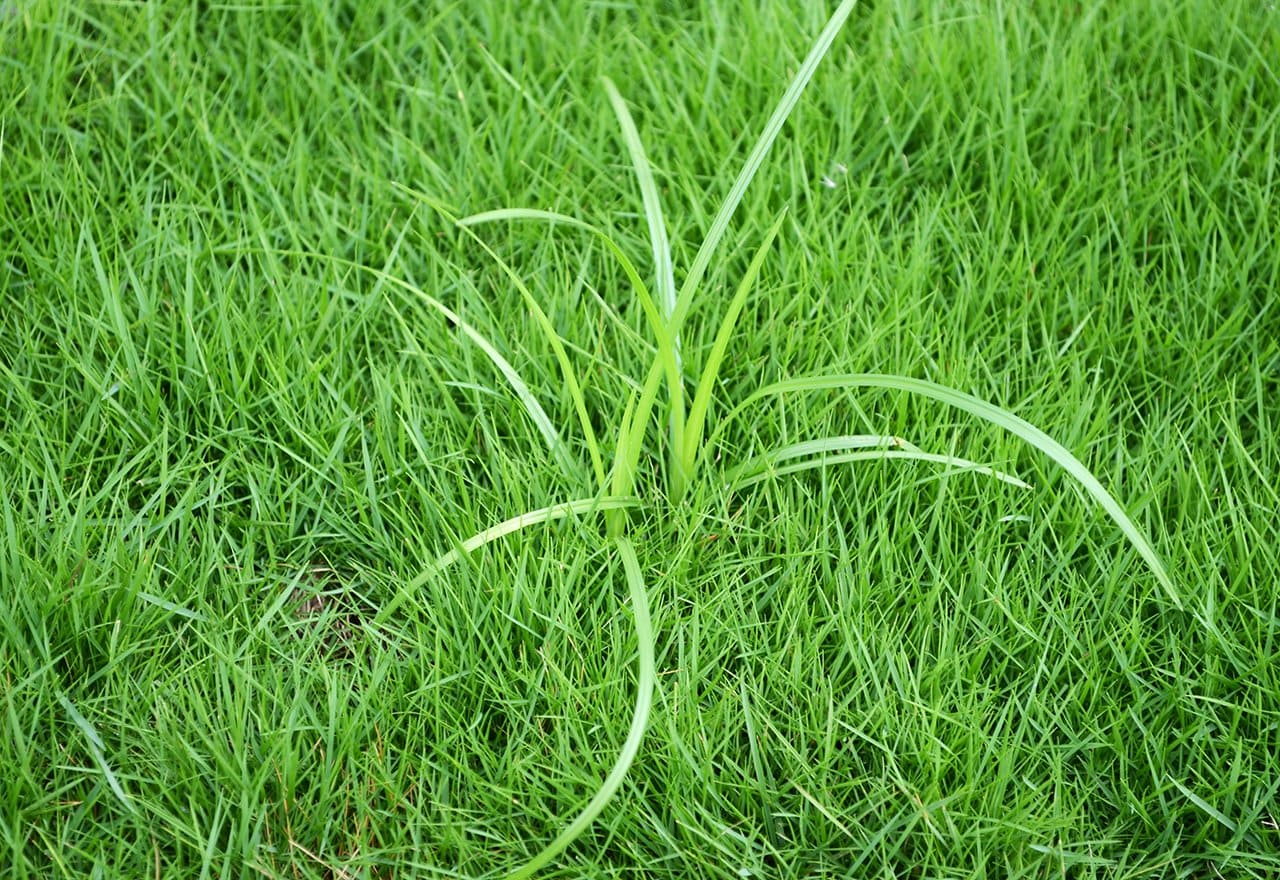
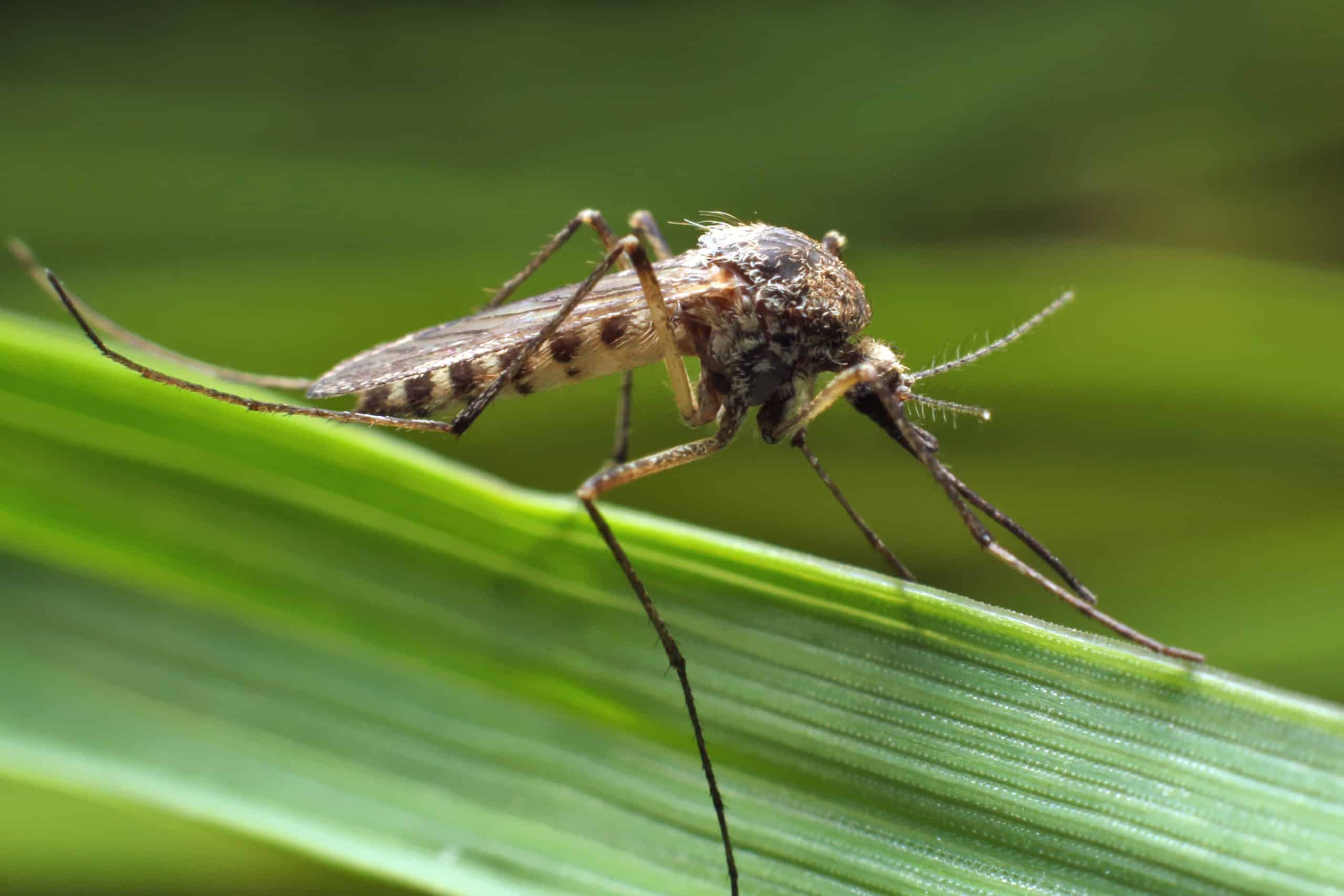

0 thoughts on “How To Kill Orchard Grass”